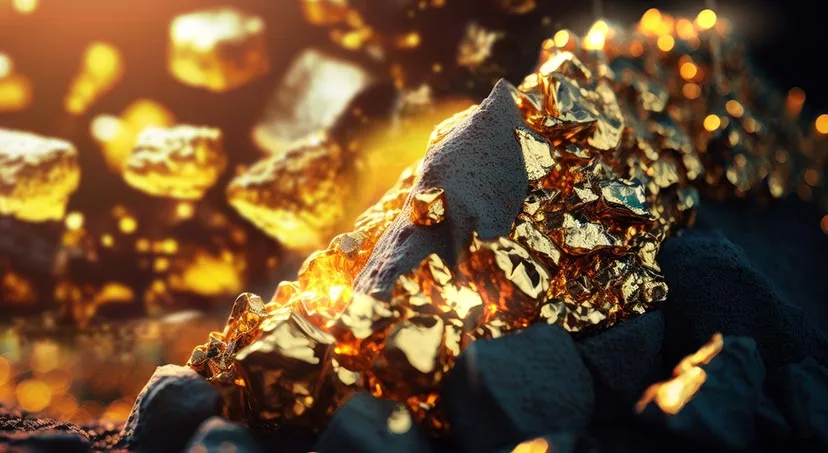
Gold found in plants!
Nanotechnology has long become commonplace for modern specialists and has been actively used in industrial production over the last decade.
Yet when Chinese scientists discovered gold microparticles in two kinds of plants at once, the scientific world was taken by surprise.
Golden stems
The laboratory staff at the Chinese University examined the Erigeron plant and nettles (Urtica) that grow in one of the areas of the People's Republic of China.
In the photo: Erigeron — a herbaceous genus of plants in the daisy family (Asteraceae).
It was discovered that the aerial part of plants contains nanoparticles of gold. The conducted biochemical studies have shown that the smallest particles of the precious metal are passed on to plants anthropogenically, owing to environmental factors caused by human activity.
Researchers believe that the precious metal seeped into the soil as a result of the work of a an electroplating facility located nearby. Precious metal particles get seeped into the soil, mixing with groundwater. Plants absorb moisture from the gold-enriched soil and accumulate gold particles in their tissues.
Scientists are determined to find out how the yellow metal affects the growth and livelihoods of these plants in the future.
Environmental threat
In the search of agriculture crops that could restore soils contaminated with toxins, scientists have discovered the potential of some large plants to accumulate gold that has been dissolved in water. Similar discoveries were made during the examination of both mustard and sunflower.
However, independent science experts around the world argue that the cultivation of herbal nanogold entails serious environmental threats. Chemical compounds that are harmful to the environment are required to dissolve the precious metal in groundwater, which makes this method of gold extraction unpredictable. The process of extracting gold particles from plant biomass is also toxic.




